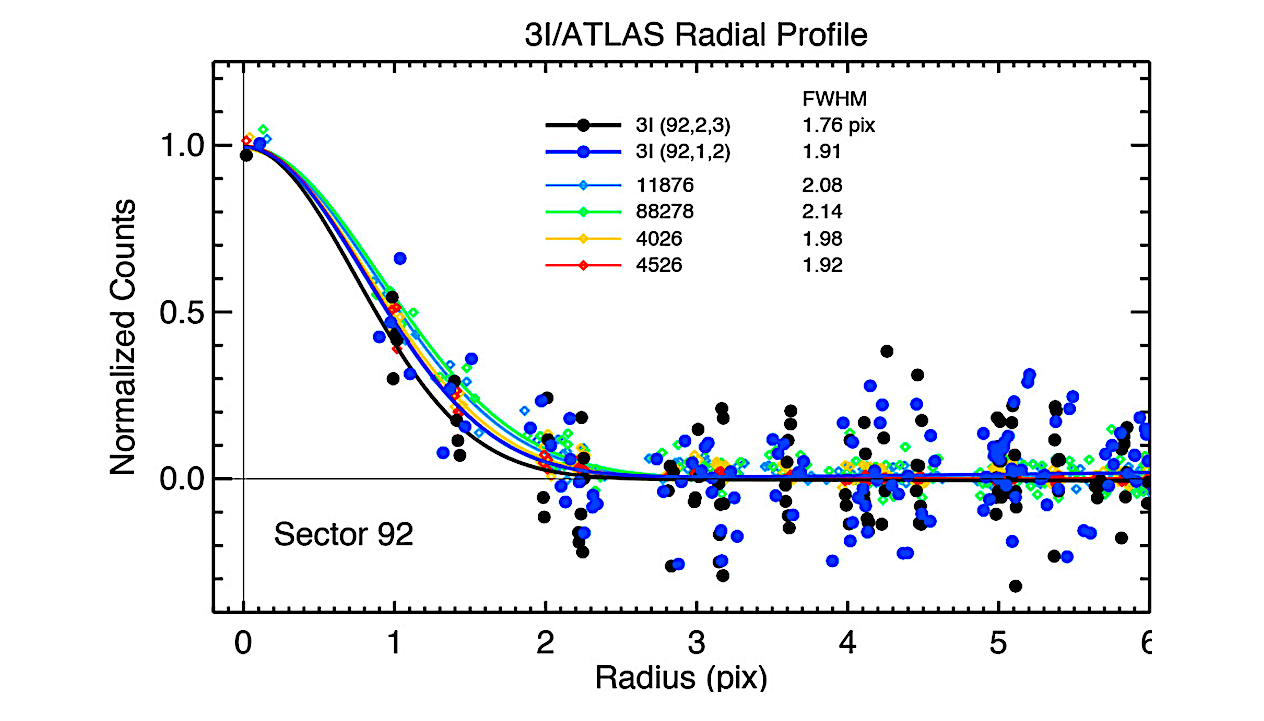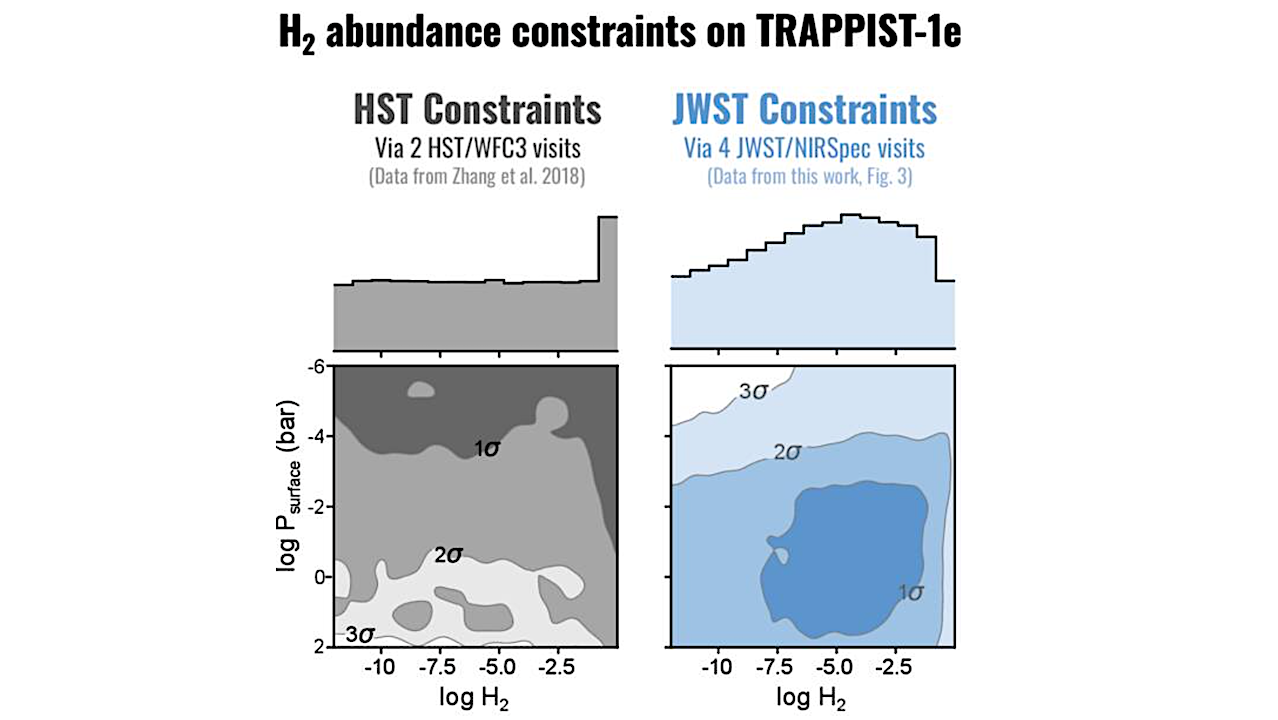Now Reading: K2 Space announces plans for three-orbit demonstration mission
-
01
K2 Space announces plans for three-orbit demonstration mission
K2 Space announces plans for three-orbit demonstration mission
WASHINGTON — Satellite manufacturer K2 Space announced plans to launch a three-spacecraft mission in 2027 on a dedicated SpaceX Falcon 9 rocket, with each satellite deploying to a different orbital regime to prove out the startup’s bet on a multi-orbit satellite platform.
The mission, dubbed Trinity, will see two spacecraft deployed in low and medium Earth orbits, with a third heading to geostationary transfer orbit.
“We are building a true multi-orbit bus that can proliferate in LEO, in MEO, and out to GEO,” said Karan Kunjur, co-founder and CEO of California-based K2 Space. “We decided to prove it by deploying into all three orbital regimes on one rocket launch.”
It’s a different approach in an industry where satellite platforms are typically purpose-built for specific orbits, each with their own design trade-offs and customizations.
Proving out components
The Trinity mission is the next step in a series of in-orbit tests.
In a demonstration flight earlier this year using another company’s spacecraft, K2 validated many of the satellite components it developed in-house, including its flight computer, reaction wheel and flight avionics. K2 has not yet flown its electric propulsion system, a high-power 20-kilowatt Hall-effect thruster that has been test-fired at the company’s Torrance headquarters.
K2 in 2026 plans to launch its Gravitas mission, funded by the U.S. Space Force. This will be the company’s “Mega” class satellite’s first flight in MEO, where it will operate at several different altitudes while carrying 12 national security and commercial payloads. Among them is a “pathfinder” mission for SES, the satellite communications firm operating a MEO broadband constellation.
The mission will test the satellite’s survivability in MEO’s high radiation environments. Powered by two 20-kilowatt thrusters, the satellite will attempt to raise itself from LEO to MEO over several months. The Mega class is designed to accommodate payloads of about 1,000 kilograms.
Part of the Gravitas mission entails stopping at different altitudes to characterize the space environment from a radiation perspective, Kunjur said.
In the 2027 mission, K2 will have two satellites dropped off in LEO. One will remain in that lower orbit for a period before raising itself to MEO, while the other will immediately begin climbing to MEO and will aim to complete the orbit raise within 90 days. The third satellite will fly directly to geostationary transfer orbit.
That third destination is particularly challenging. GTO is a high radiation environment that’s historically been really hard to operate in, Kunjur explained. “We’re going to show our customers and the markets what’s possible with the K2 platform in that orbit as well.”
Pitch to customers
Founded in 2022, K2 Space has raised $180 million in venture funding and has reported $50 million in government and commercial contracts.
K2’s pitch to customers centers on an economic argument: moving constellations from LEO to MEO could reduce costs, even if individual satellites are more expensive. The reasoning is that fewer satellites are needed for coverage at higher altitudes.
“It’s just basic math,” said John Plumb, K2’s head of strategy and former Pentagon space policy official. “There’s fewer satellites required for global coverage as you go up in altitude. It’s straightforward to come up with an altitude at which, if you needed 150 satellites in LEO, you would only need 50 satellites in MEO.”
K2 advertises a price point of $15 million per bus and offers its platform either as a rideshare bus for multiple customer payloads or as a dedicated platform for a single customer.
Currently, low-cost satellite platforms aren’t built to survive and operate in the higher-radiation environments of MEO and beyond, according to K2. The company believes its radiation-hardened, multi-orbit design fills that gap.
K2 isn’t yet disclosing specific customers for the 2027 mission, but Kunjur said the primary customers are already lined up. One customer from the 2026 Gravitas mission purchased a full satellite for Trinity, while another government customer is also returning.
“What we’re seeing is interest in taking this iterative approach from our customers to use subsequent missions to buy down risk on future capabilities and test certain architectures that they want to pursue,” Kunjur said. The company still has leftover hosted payload space available in the Trinity mission for customers that are looking to fly hardware.

Developing a satellite platform to operate in multiple orbits “was always a game of trade offs and redesigns and customization,” Kunjur said. “What we wanted to do was build a single satellite that can handle all three orbits, a single satellite that is designed for the harshest radiation environment.”
There is some customization, however. The GEO configuration is 95% common with the LEO and MEO versions, and has four thrusters, or twice the power of the standard Mega bus. “That 5% is what we consider customization required to make the jump from MEO to GEO,” Kunjur added.
Plumb, who while at the Pentagon worked on the department’s commercial space strategy, argues that both government and commercial customers are demanding “more power, more capability and lower cost,” and K2 is looking to deliver a “fundamentally different model for how space missions are designed and launched.”
He suggested that national security missions currently planned for LEO — including communications and remote sensing — could be moved to MEO using K2’s platform at lower overall cost.
K2 is also pushing for the military to rethink some acquisition requirements. Plumb pointed to ESPA (Evolved Secondary Payload Adapter) rings as an example of requirements that constrain military satellite programs. These rings, a long-standing standard designed to enable secondary payloads to piggyback on launches, physically attach multiple smaller satellites radially around a ring adapter within the launch vehicle’s fairing.
ESPA-based requirements force military programs into smaller payloads with specific form factors and mass budgets, preventing the military from leveraging commercial products like K2’s larger platforms, said Plumb.
“We have to get out of legacy requirements if we’re going to achieve new effects at lower cost,” he said, while noting he’s “been impressed with the folks we’re working with” at the Space Force on acquisition reforms. “I think the whole government would benefit by just going after the effects they need and leaving the solutions up to the companies.”
K2 is also eyeing the Golden Dome missile defense program, which the Pentagon envisions will include space-based sensors and interceptors. The Mega-class satellites that will be launched in 2026 and 2027 are “the exact full size satellite that could be used in future Golden Dome architectures,” Kunjur said.
Stay Informed With the Latest & Most Important News
Previous Post
Next Post
-
 01From Polymerization-Enabled Folding and Assembly to Chemical Evolution: Key Processes for Emergence of Functional Polymers in the Origin of Life
01From Polymerization-Enabled Folding and Assembly to Chemical Evolution: Key Processes for Emergence of Functional Polymers in the Origin of Life -
 02Panasonic Leica Summilux DG 15mm f/1.7 ASPH review
02Panasonic Leica Summilux DG 15mm f/1.7 ASPH review -
 03How New NASA, India Earth Satellite NISAR Will See Earth
03How New NASA, India Earth Satellite NISAR Will See Earth -
 04And Thus Begins A New Year For Life On Earth
04And Thus Begins A New Year For Life On Earth -
 05Astronomy Activation Ambassadors: A New Era
05Astronomy Activation Ambassadors: A New Era -
06SpaceX launch surge helps set new global launch record in 2024
-
 07Two Black Holes Observed Circling Each Other for the First Time
07Two Black Holes Observed Circling Each Other for the First Time




















